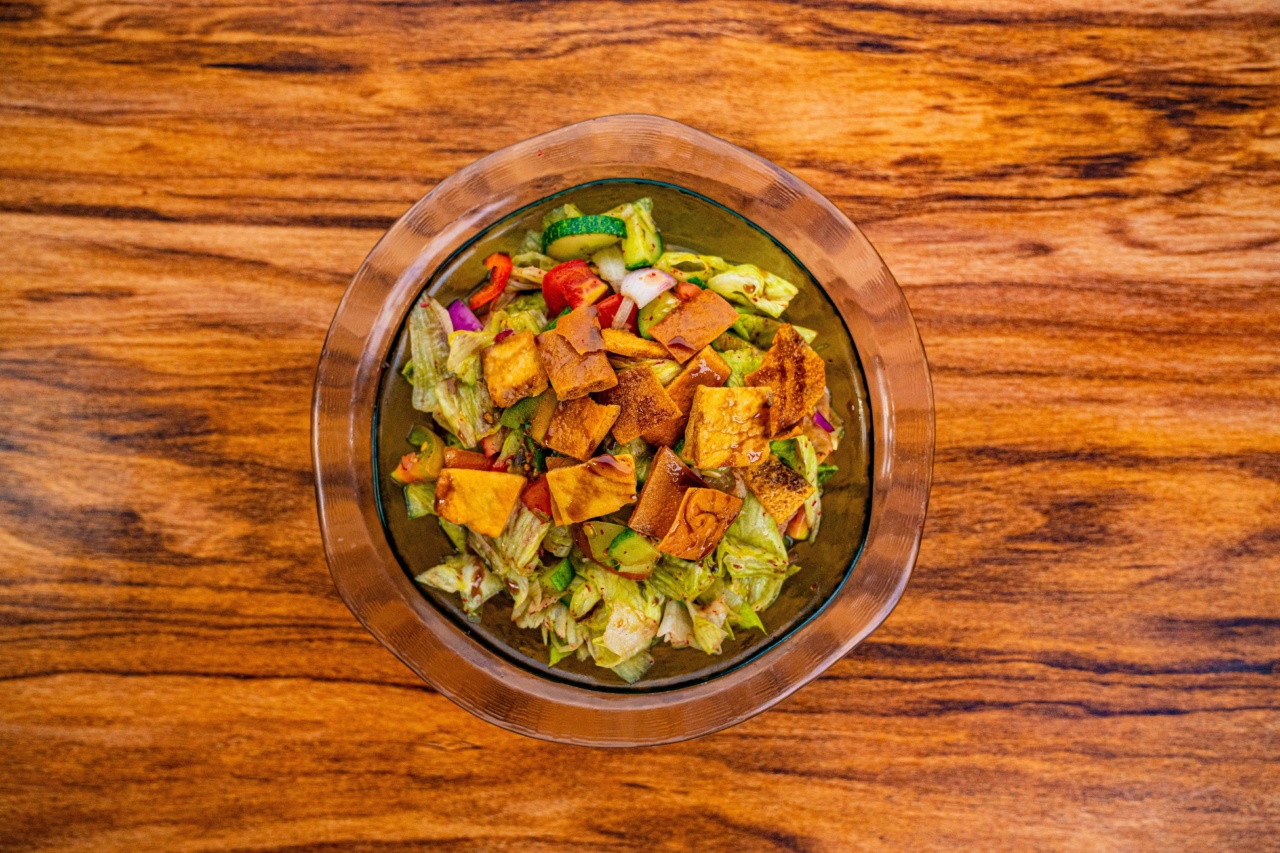Exams are around the corner and the stress levels are on the rise. It is a crucial time for students to concentrate, learn and retain information.
The right diet can play an important role in keeping the brain and body fueled for such long periods of time. In this article, we will discuss the Panhellenic diet – a diet followed by the Greeks who are known for their contributions to the field of science, philosophy, medicine and literature.
What is the Panhellenic diet?
The Panhellenic diet is a combination of Mediterranean and Greek cuisines. It includes a balance of fish, vegetables, whole grains, nuts, and olive oil. It is a diet that emphasizes on health, longevity and overall well-being.
It has been praised for its ability to reduce chronic diseases, improve cognitive function, and enhance athletic performance.
Benefits of the Panhellenic diet
The Panhellenic diet has numerous benefits, some of which are listed below:.
Reduces chronic diseases
The diet is low in processed foods, red meat, and sugary beverages. This has been linked to lower rates of chronic illnesses such as diabetes, hypertension, and heart diseases.
Cognitive function
The diet is rich in anti-inflammatory foods that promote brain health and protect against age-related cognitive decline. The diet has been shown to improve memory, attention, and overall cognitive function.
Athletic performance
The diet includes foods that are high in protein, minerals, and vitamins which are essential for bodybuilding, muscle recovery, and endurance.
Studies have shown that athletes who follow the diet have higher energy levels, better stamina, and faster recovery times.
Components of the Panhellenic diet
Fish
The diet consists of a variety of fish which are high in Omega-3 fatty acids. Omega-3 fatty acids have been shown to reduce inflammation, lower cholesterol, and improve brain health. Examples include salmon, mackerel, and tuna.
Vegetables and fruits
The diet emphasizes on having at least 5 servings of fruits and vegetables a day. These are packed with vitamins, minerals, and phytochemicals that are essential for overall health and well-being.
Whole grains
The diet encourages the use of whole grains such as brown rice, quinoa, barley, and whole-wheat bread. These are high in fiber and have been shown to reduce the risk of heart diseases, stroke, and diabetes.
Nuts and seeds
The diet includes a variety of nuts and seeds such as almonds, walnuts, pumpkin seeds, and chia seeds.
These are rich in healthy fats, proteins, and fiber which are essential for maintaining a healthy weight, reducing inflammation, and improving cognitive function.
Olive oil
Olive oil is a key component of the Panhellenic diet. It is rich in monounsaturated fats, which have been shown to reduce the risk of heart diseases and lower cholesterol levels.
It is also high in antioxidants that protect against inflammation and oxidative stress.
Conclusion
The Panhellenic diet is a nutritious, delicious, and well-balanced diet that promotes health, longevity, and overall well-being. It is a diet that emphasizes on having fresh, natural, and wholesome foods.
By following this diet, you can enjoy numerous benefits such as reducing chronic diseases, improving cognitive function, and enhancing athletic performance. So, fuel up your body and brain with the Panhellenic diet and ace your exams!.






























